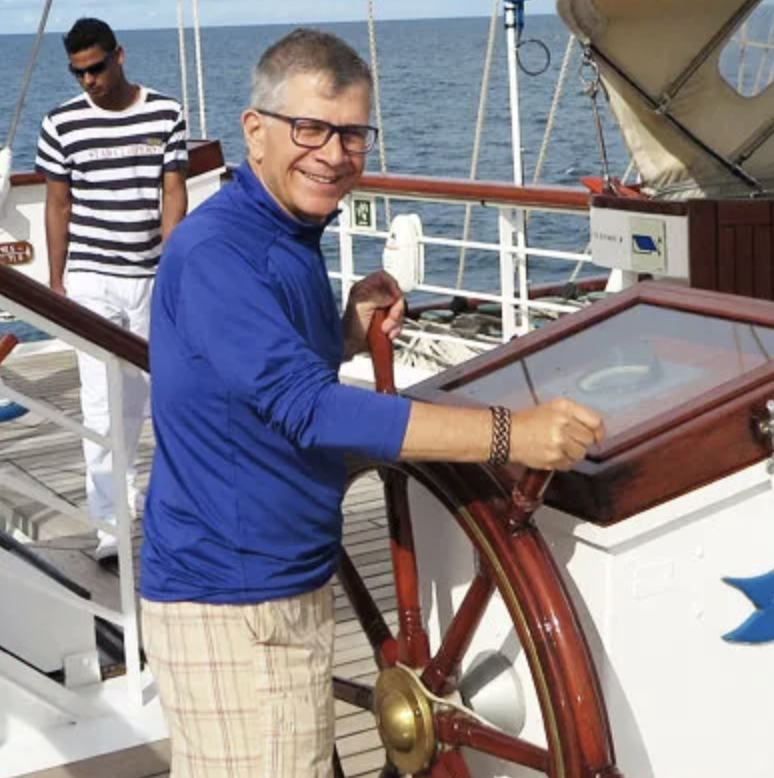The burgeoning cruise industry has spent huge amounts to build new ships and make their current fleets climate friendly, a new report reveals.
Despite being just one per cent of the world’s marine fleets, cruise lines are leading the way in developing responsible practices and creating innovative technologies.
Cruise Lines International Association (CLIA) reveals the massive spend in the 2019 Environmental Technologies and Practices Report, which claims “unprecedented year-on-year progress” in exhaust gas cleaning systems, Liquified Natural Gas and greater use of shore power.
Some 68 per cent of the global fleet will have exhaust gas cleaning systems, and 88 per cent of new ships will be fitted with shore-side electricity systems, so engines don’t have to run while in port.
And cruise ships are even getting younger, with the average age of the fleet 14.1 years compared to 14.6 years 12 months ago.

“CLIA Cruise Lines are passionate about clean oceans and committed to responsible tourism practices and the highest standards of environmental stewardship—with policies and practices often exceeding those required by law,” said Adam Goldstein, Chairman of CLIA Global and Vice Chairman of Royal Caribbean Cruises Ltd.
“While we are encouraged by and proud of the progress we’ve made, we know there is still work to be done. The cruise industry is a pioneer in maritime environmental protection and has made a fleet-wide commitment to reduce the rate of carbon emissions by 40% by 2030 compared to 2008.
“It’s a challenging goal, but the CLIA Cruise Lines fleet is working diligently to meet this aggressive target.”
“While cruise ships comprise far less than 1% of the global maritime community, cruise lines are at the forefront in developing responsible tourism practices and innovative technologies. Our industry leads in environmental stewardship,” said Michael Thamm, Chairman of CLIA Europe and Group CEO of Costa Group and Carnival Asia.
“The entire shipping industry benefits from early adoption of innovative technologies by cruise lines—many of which did not exist five to 10 years ago such as exhaust gas cleaning systems (EGCS), LNG as fuel for passenger ships and shore-side power capabilities.”
All CLIA cruise lines members must perform to stringent requirements in what are known as Emission Control Areas, or meet new International Maritime Organisation 2020 global sulphur limits.
Here’s what they are doing:
- LNG Fuel: Around 44% of new build ships will rely on LNG fuel as the primary source of powering the vessels. This is a 60% increase in overall capacity compared to last year.
- Exhaust Gas Cleaning Systems (EGCS): More than 68% of the global fleet utilises these effective systems to meet air emission requirements. The EGCS reduces harmful sulphur oxide levels by as much as 98%, which means cleaner air. Additionally, 75% of non-LNG new builds will have EGCS installed.
- Advanced Wastewater Treatment Systems: All new ships on order are specified to have advanced wastewater treatment systems which help clean greywater and sewarge. and currently 68% of the CLIA Cruise Lines global fleet capacity is served by advanced wastewater treatment systems (an increase of 13% over 2018).
- Shore-side Power Capability – In port, cruise ships are increasingly equipped with the technology to allow delivery of shoreside electricity, thus allowing engines to be switched off, and there are many collaborations with ports and governments to increase the availability. Almost 90% of new vessels are either committed to be fitted with shore-side electricity systems or will be configured to add shore-side power in the future.
- Sixteen ports worldwide have the capability of at least one berth in the port with shore power – almost all on the east and west coasts of North America, the port of Kristiansand in Norway and the Port of Hamburg in Germany, and Shanghai, China. “The number of ships in the CLIA cruise lines fleet far outpaces the number of ports with shore-side power capacity,” says the report. “However, there are many collaborations with ports and governments to increase availability.”









